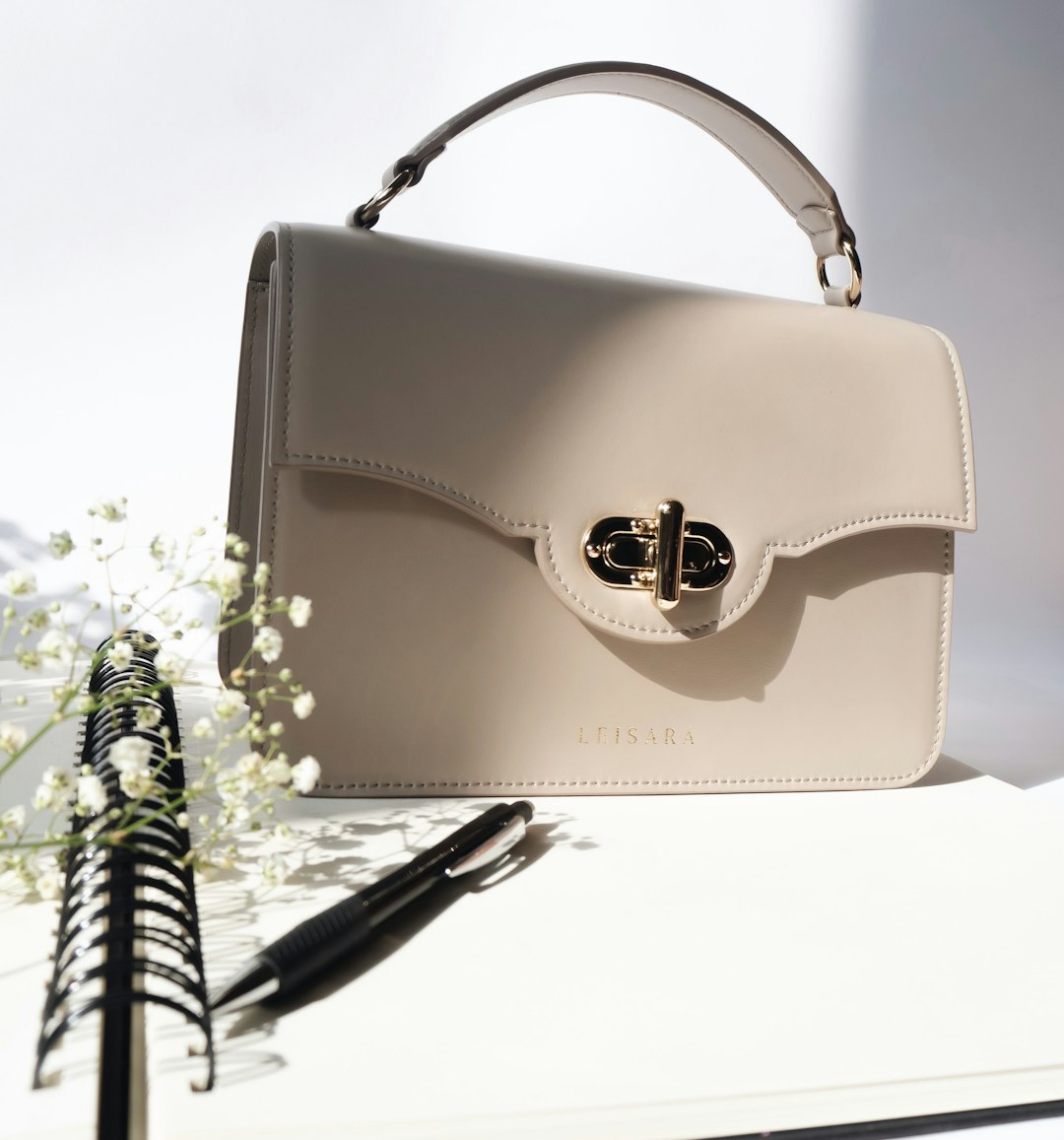The Evolution of Women's Handbags: From Functional Necessity to Fashion Statement

The world of handbags has been an integral part of women's fashion for centuries. From humble beginnings as simple pouches to modern masterpieces of craftsmanship and style, women's handbags have evolved to become more than just a practical accessory. They have become a symbol of status, individuality, and self-expression. Let's take a journey through the history of women's handbags and discover how they have transformed over time.
The Ancient Origins
The history of women's handbags dates back to ancient times, where they served a purely functional purpose. In ancient Egypt, women carried small pouches made of linen or leather, typically tied around the waist. These pouches held essential items like money, makeup, and even food. Similarly, in ancient Greece and Rome, women carried small purses called "kibisis" that hung from their belts.
As societies progressed, so did the designs and materials used in the creation of handbags. In the Middle Ages, both men and women carried bags known as "girdle pouches." These bags were attached to belts and worn around the waist. They were primarily made of fabric or leather and adorned with intricate embroidery.
The Renaissance and Beyond
The Renaissance period marked a significant shift in the design and function of handbags. Instead of being worn around the waist, women started carrying small drawstring bags known as "reticules." These bags were typically made of luxurious fabrics such as silk or velvet and were adorned with intricate embroidery or beading.
However, it wasn't until the 19th century that handbags truly began to resemble what we recognize today. With the advent of industrialization and the rise of department stores, women's bags became more widely available and accessible. The emergence of new materials such as leather and metal frames allowed for more durable and structured designs.
The Birth of Iconic Styles
Throughout the 20th century, several iconic handbag styles emerged, each representing a different era and fashion trend. In the 1920s, the sleek and compact "flapper" bag became popular, reflecting the newfound liberation and independence of women during the Jazz Age. These bags were typically made of luxurious materials such as silk or satin and adorned with intricate beading or Art Deco motifs.
In the 1950s, the shoulder bag gained prominence. With the rise of suburban living and the need for women to carry more belongings, the shoulder bag offered a convenient and hands-free option. Designs such as the hobo bag and the saddlebag became popular choices among women of all walks of life.
The Rise of Luxury and Designer Handbags
The late 20th century witnessed a surge in the popularity of luxury and designer handbags. Brands such as Hermès, Chanel, and Louis Vuitton became synonymous with exclusivity and craftsmanship. These designer handbags not only became a status symbol but also a lucrative investment.
One of the most iconic designer handbags of all time is the Chanel 2.55. Designed by Coco Chanel herself in 1955, this quilted leather bag with the signature chain strap has stood the test of time and remains a coveted item to this day. Luxury handbags like the 2.55 are often passed down through generations, becoming cherished heirlooms.
The Evolution of Style and Functionality
In recent years, the handbag industry has undergone a significant transformation. The demand for eco-friendly and sustainable fashion has led to the rise of vegan leather and recycled materials in handbag production. Brands are now combining style with functionality, creating bags with organizational compartments and built-in charging ports.
Moreover, the emergence of online shopping and social media has revolutionized the way we discover and purchase handbags. Influencers and celebrities now have a profound impact on handbag trends, with their endorsements often leading to increased sales and popularity.
The Future of Women's Handbags
The future of women's handbags is undoubtedly exciting. As technology continues to advance, there is a growing trend towards smart handbags that integrate features such as GPS tracking, wireless charging, and even climate control to protect delicate belongings.
Additionally, the push for sustainability and ethical fashion is shaping the industry. More and more brands are prioritizing eco-friendly practices, utilizing recycled materials, and promoting fair labor conditions.
In Conclusion
From the ancient pouches of Egypt to the luxurious designer handbags of today, the history of women's handbags is a reflection of societal changes, fashion trends, and individual expression. These accessories have transcended their functional origins to become powerful symbols of style and status. As we move forward, women's handbags will continue to evolve, combining innovative design with sustainability, and remaining a timeless fashion statement for generations to come.
Explore another user's Shopify store by clicking here. Please note that this is a promotional link, and we assume no responsibility for the content on the linked store.